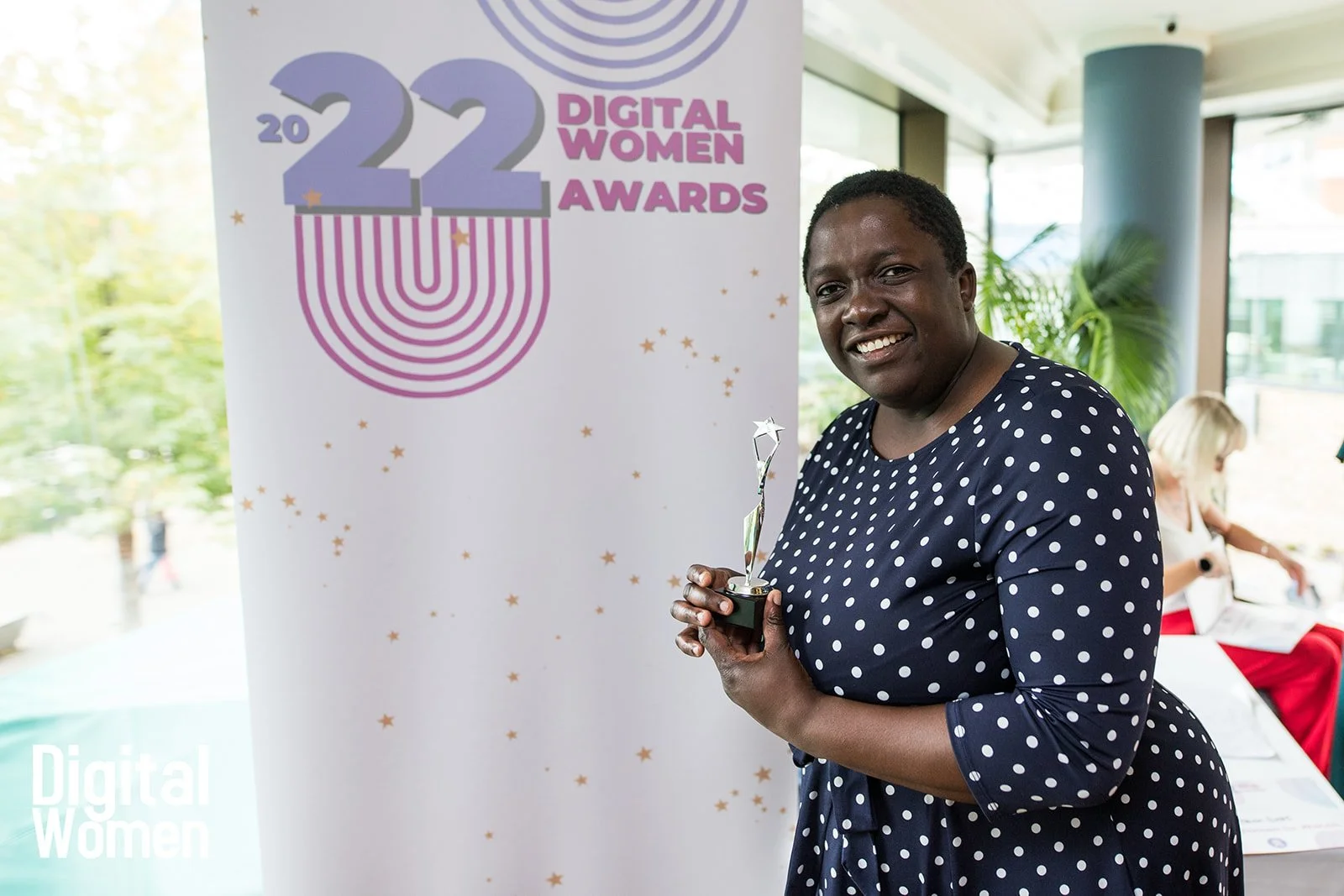Architecture decision making: the good, the bad and the ugly
Thanks to the team at dRMM who recently invited me to be on the panel for their The Good, The Bad, The Ugly: Architecture Decision-Making event.
It was a very warts, and all session that was full and took place in a properly 'old skool' east end boozer that also happens to be next to the building that will house their new studio.
The wider panel and speakers were Hannah Farahar - British Land and Neil Onions - Beyond The Box CIC along with dRMM's Professor Sadie Morgan OBE, Jonas Lencer and Hugo S.
The knotty problem of decision-making
The session started with two presentations, which were about two projects with lots of knotty problems and decisions. The thing that struck me is that decision-making is so nuanced and no matter what you decide to do it will have a wealth of knock-on ramifications. Is any decision ever right?
Hastings Pier which was a great community project, won a Sterling prize award but ultimately had to be sold as it wasn’t making enough money to keep running commercially.
The other project was the Silvertown tunnel project, which was another scheme with many twists and headline grabbing turns along the way and not always favourable for the practice or project.
Quite often people don’t want to make decisions, let alone tough ones where your values and ethics are open for all to see. It was super fascinating to hear a practice reflect openly about with the benefits of hindsight what did work and also what didn’t. And the final presentation was very much about how they're now putting their to learnings into practice, developing their new studio home in Hackney.
The panel discussion
Moving onto the panel that I was on. With questions flowing in from the audience on Slido and our brief before the event was pretty open. Why are all architecture press releases the same?
My response on how we overcome this was:
Be human by moving away from archispeak. Simple language people understand.
Understand the various stakeholders involved in a project and their drivers. It’ll help in comms as well as along the delivery of the process
Don’t be afraid the good and the not so good. Often it’s about sharing the rationale behind your thinking, process and decision. It helps take people with you.
The toughest question of the night for all panellists was from a person from the audience asking ”Whether architects should be activists”.
Personally, I think you have to be a bit of both you are in business but know your values and ethics that guide you through.
Thanks for the invite dRMM and the London Festival of Architecture.
If you came along, what were your takeaways?
Thanks for reading
I’m Ayo and I’m a built environment and infrastructure (particularly rail) nerd. I’m a marketer by trade who loves to create thought proving plans and content for firms who want to make a positive impact. Do DM me if you want to talk about how I can help your firm. ayo@abbasmarketing.com




